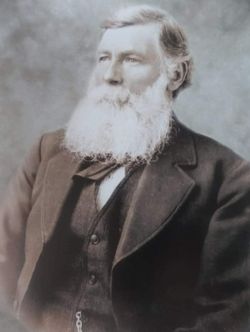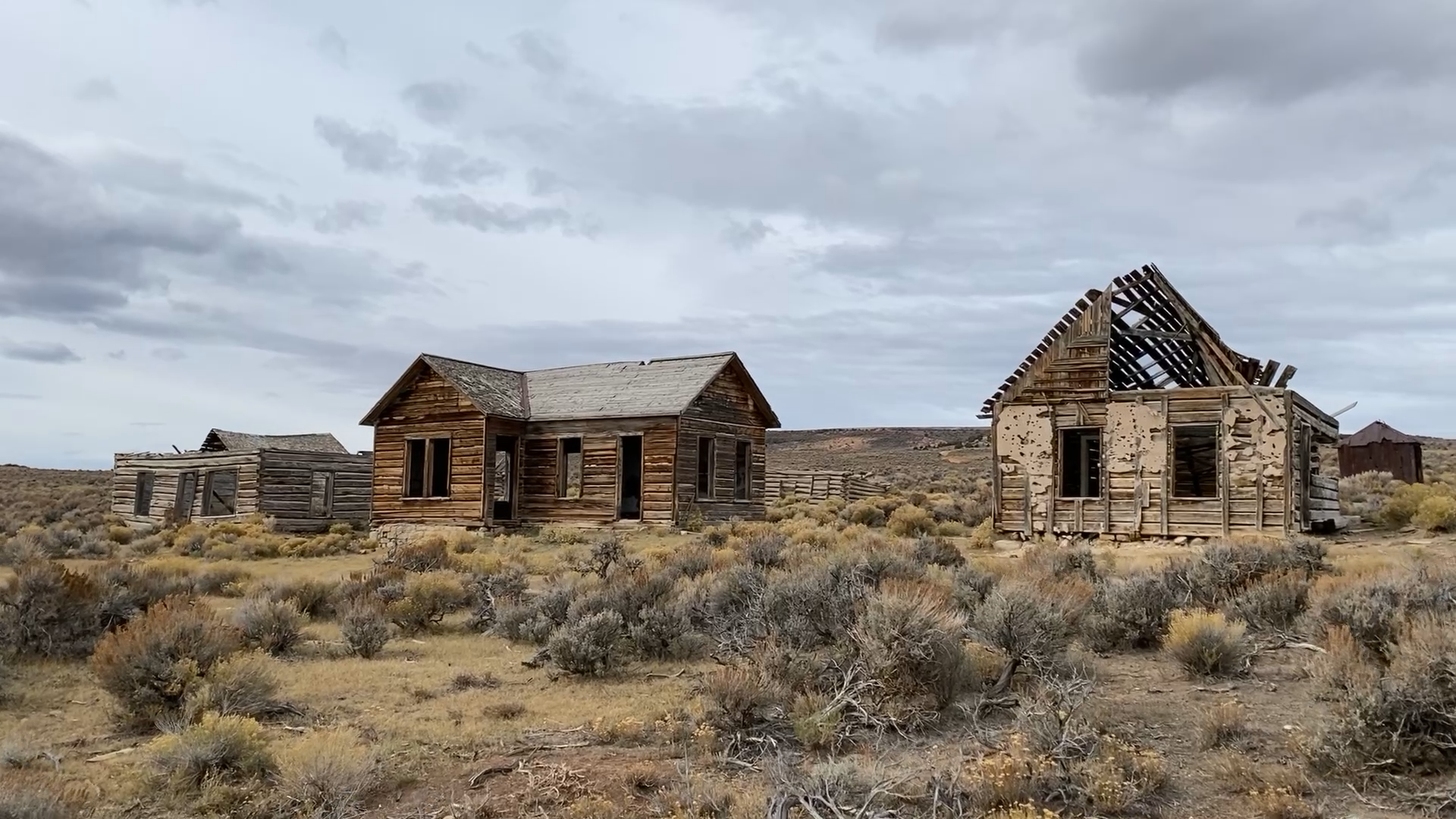Piedmont and
the Piedmont Kilns
Just beyond the western edge of Bridger Valley is a ghost town named Piedmont. Despite its ramshackle appearance today, it is packed with history that is worth a visit some exploration.
Building the Railroad
As the transcontinental railroad was being constructed, little towns and forts were established to help supply the rail workers with the necessary wood and water. One such town was located in Southwestern Wyoming. You might be surprised by how that little town became famous.
Railbeds were constructed in preparation for the rail lines that Union Pacific was laying down, heading West. Workers needed stations to camp along the way. A tent camp for loggers was established in the Muddy River Station, near the Uinta Mountains. A “Mormon” pioneer named Moses Byrne and his family were among those in the camp around 1866. It was soon determined that a spot five miles west would be perfectly situated as a wood and water station for the railroad. Byrne was asked to run the station, so he and his family named the place Byrne, but later changed the name because it too closely resembled the neighboring station called Bryan. Moses’s wife, Catherine, and her sister, Marie, whose family, the Guilds, settled there too, decided to name the place Piedmont. Being from Piedmont, Italy, they chose the name because it means “foot of the mountains” in Italian.

Moses Byrne
A Business Opportunity
In 1877, Moses saw another opportunity as the need for charcoal presented itself. Being near the Uinta Mountains, with wood readily available, Moses constructed 5 kilns for smoldering wood into charcoal. Made from sandstone and limestone, the kilns were 30 feet across at the bottom and stood 30 feet high, shaped like beehives. They had large openings to stack the wood inside, smaller vent holes along the bottom to control the temperature, and an opening placed near the top for loading cordwood. The openings and loading windows were sealed with a metal covering and mortared into place during the smoldering process.

It took six to eight days to reduce the wood to charcoal and then it would cool for another five days. The charcoal was transported to Utah for iron smelting, used as fuel for passenger cars by the Union Pacific Railroad, and delivered to Fort Bridger for the forging furnaces.
The kilns proved effective and successful for the Byrne family, but that was not all the settlement was known for. As already mentioned, Catherine Byrne’s sister lived there too. She and her husband, Charles Guild, started the first ranch and built their dream home. They also opened a mercantile store. Later, they added on to their home and turned it into a 22-room hotel. The town also had a roundhouse, a schoolhouse, a post office, and several saloons.
A Turn in Fortune
The Piedmont settlement grew and thrived for many years, until the railroad was re-routed to Aspen Mountain in 1901, bypassing Piedmont altogether. The town was now unable to support the livelihood of its people. Some families remained to try to maintain the properties and strive to survive, but by 1940, it was run down and abandoned.

Legend has it that Calamity Jane spent some of her growing up years in Piedmont. Butch Cassidy is reported to have met up with his men in Piedmont at one point, too. But the most notable event was that of a train holdup. In 1869, as Union Pacific Vice President Thomas Durant was traveling by train to Promontory Point for the Golden Spike ceremony, the train was stopped by railroad ties piled on the track and about 300 angry men demanding their back pay. Durant’s car was uncoupled and the rest of the train sent on its way until he wired to Ogden what was happening. A banker from Ogden sent the money (about $200,000) and the appeased workers coupled the car to the next train heading west. The ceremony was scheduled for May 7th, but was delayed until the 10th due to the holdup.
The 70+ year history of Piedmont, Wyoming, is something to be remembered and cherished, not only by the descendants of those early settlers, but by the whole of present-day Uinta County. With their determination and ingenuity, they were able to make a flourishing life for themselves and leave behind a treasured legacy.
Visiting Piedmont and the Kilns
To visit Piedmont, the easiest way is to go westbound on I-80, toward Evanston. Get off at exit 24 and head south, under the interstate. The location is just about 7 miles south of the Interstate.
More to Explore
Fort Bridger
Step back into the Old West and discover a small town with an outsized effect on the westward growth of America.
Mountain View
Dubbed the Gateway to the High Uintas, Mountain View is a great place to visit and base your explorations of Bridger Valley.
Lyman
Lyman is your family destination for fun and adventure. Explore small-town America with a friendly western atmosphere.
